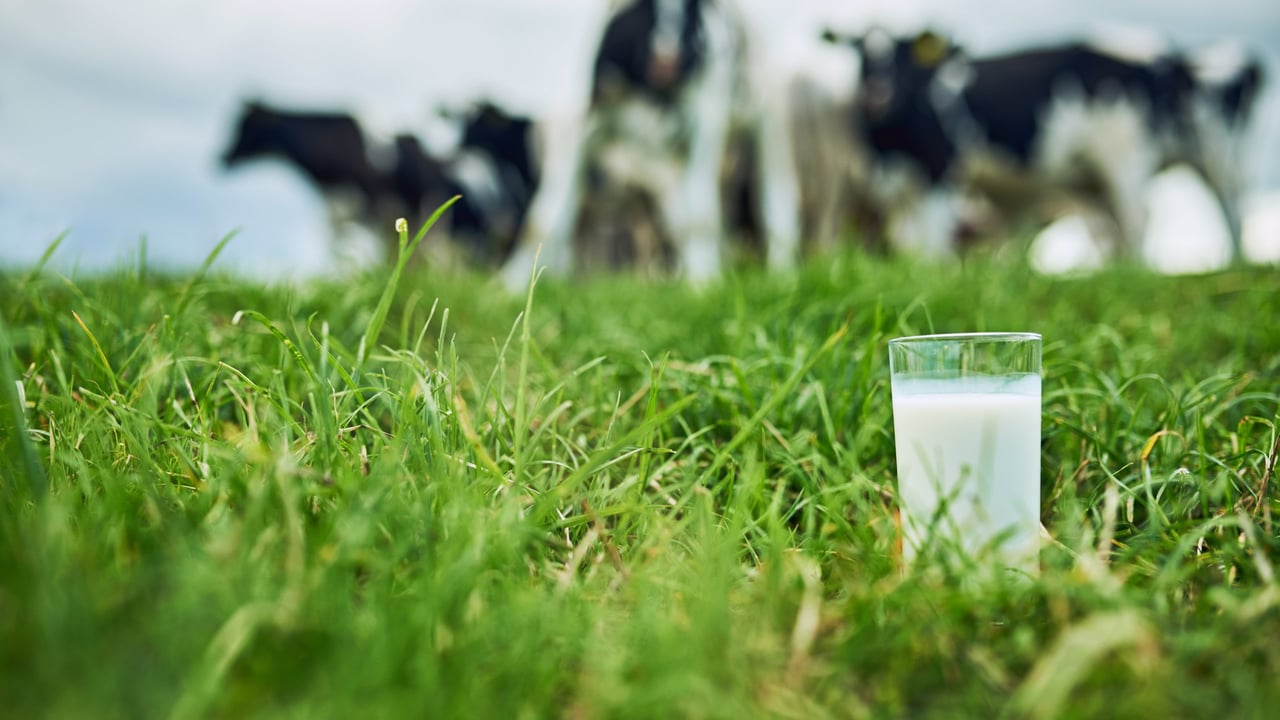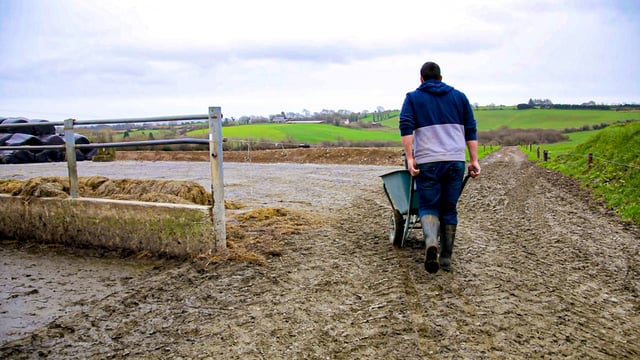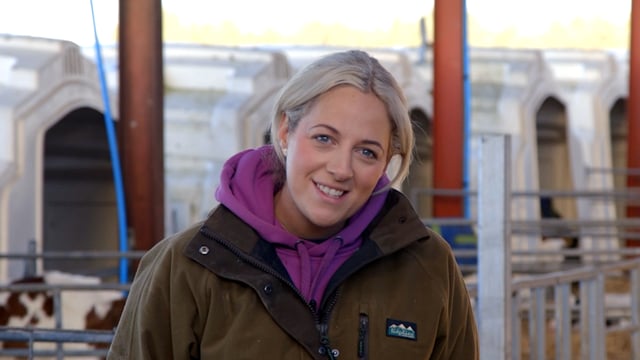Boosting margins as dipping milk prices put the squeeze on
The majority of milk processors across Ireland have dropped milk prices for the third consecutive month in a row, with the average base price being offered now coming in around 44c/l.
Processors are saying that the reduction is a direct result of poor global dairy markets and significant reductions in butter prices, which are said to have dropped by €1,600/t.
While prices are still manageable for farmers, the reduction makes for a worrying situation if prices remain on the same trajectory, as the costs farmers are paying to produce the milk are not dropping.
This, paired with the ongoing 'price wars' taking place in the supermarkets, could put farmers in a particularly vulnerable position.
So the question remains, even with these poor global markets, how low can milk price actually go?
Milk production
Currently, it is costing farmers approximately 36-39c to produce a litre of milk. However, this can vary greatly depending on the farm system.
According to Teagasc, there was a cost gap of nearly 3.5c/L between the top-performing and the bottom-performing farms in 2024.
This was primarily due to milk solids, with bottom-performing farms not achieving the same bonuses for fat and protein levels.
All farmers across the country have seen a significant rise in the cost of production over the last five years, with a Rabobank report from January 2025 suggesting the cost of milk production in Ireland had rose by 30-40% since 2019.
This has equated to a cost increase for farmers of nearly €500/cow in the last number of years.
One of the biggest costs remains to be the price of concentrates, which are costing farmers anywhere between 8-10c/L despite a slight drop in price since 2024, with a tonne of 18% dairy nuts still costing anywhere between €350-€400.
The 2024 Teagasc National Farm Survey highlighted that amount of purchased concentrate on farm averaged €61,886, with the average farm feeding 1,358kg per dairy cow in 2024.
Some other average farm costs included in the 2024 Teagasc National Farm Survey included:
- Contracting/machinery hire cost at €19,951;
- Machinery operating costs at €13,829;
- Livestock and veterinary costs at €17,494;
- Car/electricity/phone costs at €12,026;
- Land rental costs at €11,876;
- Hired labour costs at €10,679.
Fertiliser prices have climbed again this year, though the drop experienced last year means they are still nowhere near the 2022 price peak. Despite that, they are still roughly 50% higher than 2020 prices.
When labour is added to the cost of milk production equation, it is valued at approximately 10-12c/L, bringing the total cost of milk production up to 48-50c/L.
Maximising margins
If prices do continue to drop, farmers will feel the financial burden building up, therefore it is important to push yourself to maximise your margins.
This process is essentially a large balancing game - you will want to push for solids while reducing expenditure by practices such as reducing concentrates fed.
Formulating a good diet will help in that push. Make sure you are not feeding over 500-600kg of concentrates.
Come spring, push to get cows out and get as much grass into the diet as possible, as every 100kg reduction in concentrates fed can save 0.7c/l if quality grass is available.
As well as that, Teagasc estimates that every extra day at grass in the spring is worth approximately €4/cow/day.
Calf management in the spring will also greatly affect margins. Ensure cows are at the correct BCS when calving and in a clean environment where they have the best chance of having a successful birth.
From then on, only rear the replacements you need with a slight contingency, as the more calves you are feeding in the spring, the bigger the cost, especially if importing feed sources such as milk replacer.
Make sure grass quality is top notch: carry out reseeding in the spring if necessary as the cost is worth the return.
Maintain adequate rotation lengths, pre grazing yields, and graze out residuals in a bid to maintain high quality and leafy grass throughout the season.
Improve nitrogen efficiency by planting clover on the farm, using protected urea, and low emission slurry spreading (LESS), and trying to spread slurry when it is suitable rather than just trying to get rid of it.
Remember, if you put the time and effort into your cows and grass, the rest will follow.





